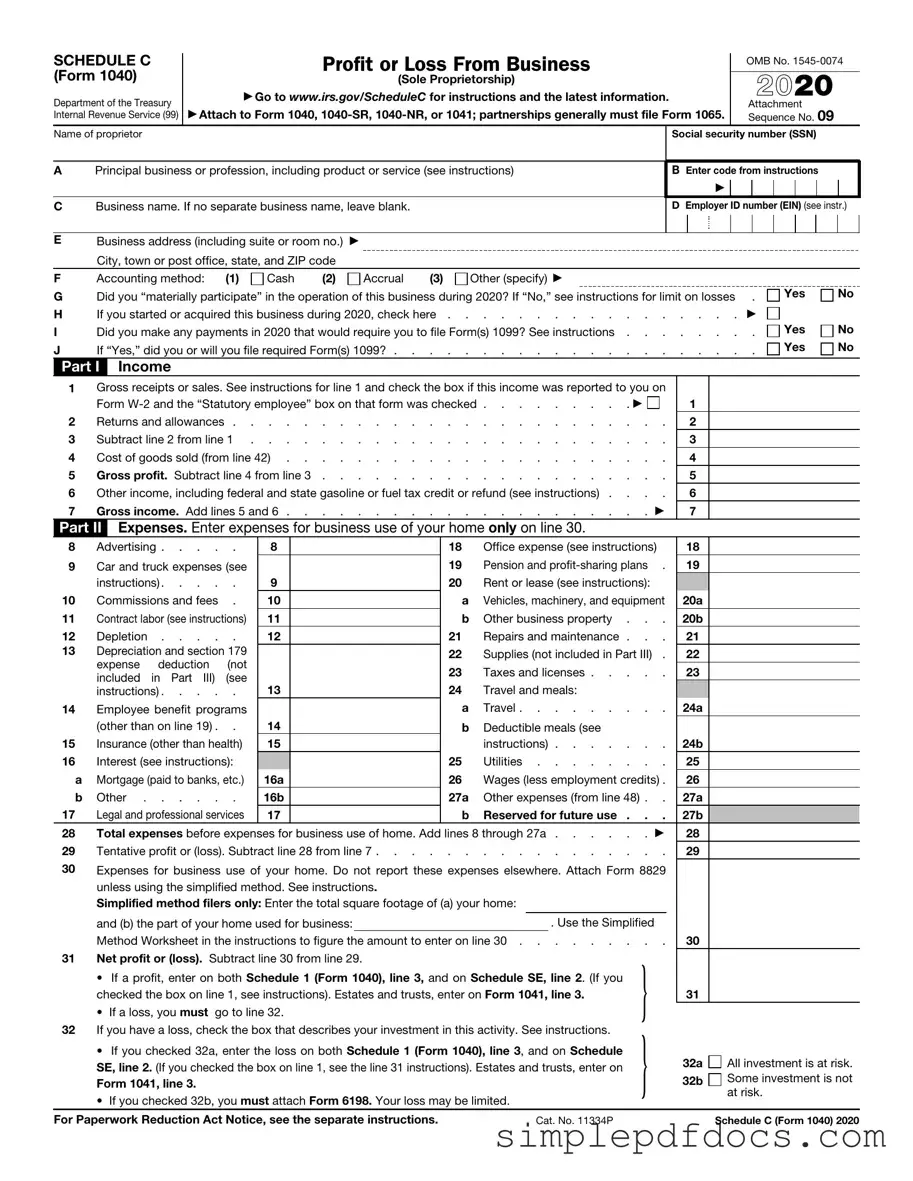Fill Your IRS Schedule C 1040 Form
The IRS Schedule C 1040 form is a document used by self-employed individuals to report income and expenses related to their business. This form plays a crucial role in determining the net profit or loss from a business venture. Understanding how to accurately complete Schedule C can help ensure compliance with tax regulations and maximize potential deductions.
Get Document Here
